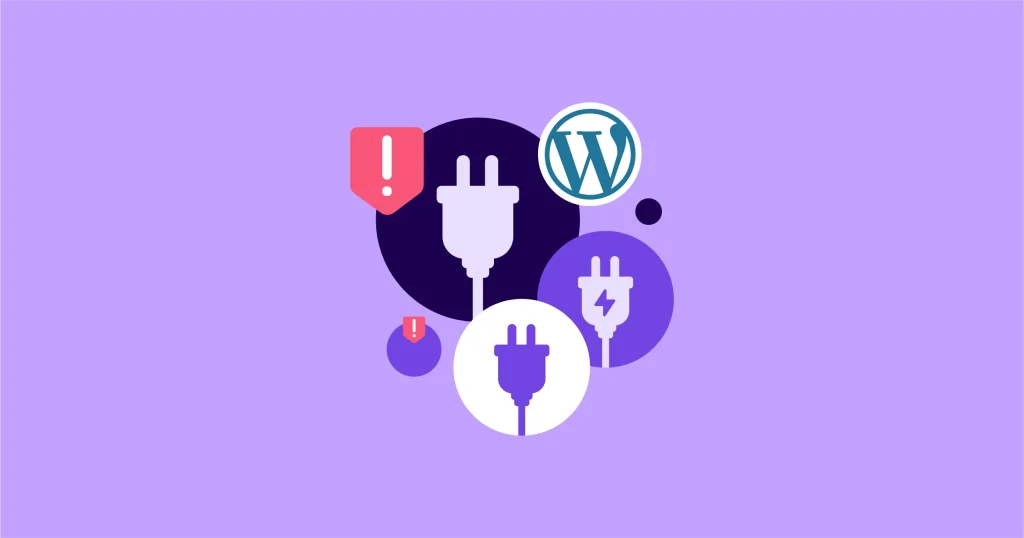10 best ways of website speed optimization you must know

There is nothing more annoying than a website that takes a very long time to load, which is why speed optimization is so important for websites. Not just users, but search engines also make an effort to avoid indolent websites. In light of this, the following are some of the greatest strategies you should use to keep users from becoming irritated and leaving your website on their initial visit.
1. Accelerate WordPress

WordPress has a number of performance-enhancing plug-ins that can be used to enhance various website elements. Perfmatters, which rolls several of the widely used performance acceleration approaches, is one of the most complete ones. One of the premium plug-in’s best features is that the majority of its optimization methods are visible through an easy-to-use interface, making it suitable for a wide range of users.
2. Compress your website
You have a tiny window through which to draw clients. You must avoid making your website cloudy if you want visitors to stay on it for much longer than the allotted three seconds. Use the finest website builder available online only to add important details about your company. Information that customers can view immediately. Small firms typically cram as much information as possible into their interface since they have to simultaneously enthrall customers. A packed website is never ideal since it makes it more probable for people to leave than for them to interact with your material.
Don’t, however, make your website too thin. Even if the attention span of the average audience is short, their patience is shorter. Having too many spaces between your information would be bad practice and force readers to scroll endlessly in order to read what you have to say. Don’t give away too much or too little information; instead, give just enough to pique clients’ interest and encourage them to return.
2. Confusing your customers
Websites can grow great and weighty very quickly. The uploaded photos rapidly inflate up, as do the plain text HTML, CSS, and JavaScript files. Turning on Gzip compression is one of the best ways to make a website load faster. By doing this, the HTTP response’s size will be decreased and response times will be reduced. Before enabling the appropriate compression module for your website through altering the.htaccess file, you must activate it on your web server. Depending on your web server, the precise steps will differ, but this is how you accomplish it in Apache.
3. Image Optimization

Probably the largest and slowest loading element on any page of a website is its pictures. Instead of using HTML to scale massive images, start by shrinking every picture on your website to the exact size you require in order to control the behavior.
To ensure that you never transfer more pixels than you require, you should in fact maintain a list of the different picture sizes for each component on your website. In the unlikely event that your website has a lot of pictures, you should also consider compressing them. Among the devices most people are aware of for this purpose is reSmush. Moreover, compressor.io can be used to quickly press many images.
4. Heavy load multimedia
Slow stacking means that images, videos, and iframes are only stacked when users scroll down the page and actually see them. This can significantly enhance your pages’ underlying burden seasons. In the past, JavaScript was required to accomplish this; however, modern browsers do not come with lazy stacking. WordPress users have several solutions, but two of our best picks are Lazy Load for mobile devices and Lazy Load by WP Rocket.
5. Utilize quick online media sharing connection
These days, you would need people to spread the word about your content via online media. Without using iframes or JavaScript, you can create social sharing connections for Facebook, Twitter, LinkedIn, and Pinterest on simple HTML websites by using a connection-generating tool like the free Share Link Generator. For this reason, regular WordPress users have access to a variety of modules, such as Social Warfare and Grow.
6. Lessen diverts
Sidetracks are usually essential for moving and deleting pages and are the best way to fix broken connection issues. Although 301 sidetracks are preferable to 404 errors, they are still not optimal since they impede the program’s ability to generate the correct form of a page. You can look into the sidetracks on your website and try to reduce their usage by using Screaming Frog’s mass divert checker.
7. Uninstall inactive plug-ins

Numerous modules from a content management system (CMS) like WordPress can considerably improve your website’s usefulness. However, using more modules than you actually need can make your website look unprofessional. Therefore, only install the modules you absolutely need. All things considered, not every module is as well-planned as others, and you can speed up your site by swapping out a module with a quicker one. The web tool GTmetrix will search your website for nothing and provide you with a list of modules with long load times. Take into consideration replacing certain modules with a lighter alternative, especially if they are being called frequently. WordPress clients can likewise utilize the Query Monitor module for an itemized investigation of the modules utilized on their site. Obviously, make sure to eliminate the Query Monitor module itself when it’s filled its need.
8. Make less HTTP demands.
Reducing HTTP requests is a good way to improve your website. Every element you add to a page becomes an HTTP request. Your page will take longer to fully stack the more times the computer needs to make these requests. For this reason, reducing the number of solicitations has significant benefits even though it requires effort. To view the HTTP demands in more detail, use the program’s Developer Tools and go to the Network tab. You can look for documents that you can hatch out and out of and consolidate (especially CSS records) after you have an idea of which ones are taking the longest to stack.
9. Upgrade to a better web host
Your web hosting may be the issue if you’ve been attempting to speed up your website but haven’t seen much of a difference. Many of the most affordable web hosts, especially the shared ones, are overly full and operate on servers with insufficient capacity for each website. Prior to deciding on a host and a hosting plan for your website, you should take some time to investigate the many possibilities available because web hosting is crucial to the optimization of website speed.
10. Monitor performance regularly.
Monitoring the performance of your website is a crucial part of optimizing it. This will not only assist you in determining the effect of a modification, but depending on the tool you select, it will also highlight areas of the website that require improvement. One well-liked online tool that checks page load times and identifies issues is Pingdom’s Website Speed Test.
Likewise, you may assess how well your website functions on mobile devices by using Google’s Test My Site tool. The tool will give tips to help you optimize your website for mobile devices in addition to providing helpful analytics.

